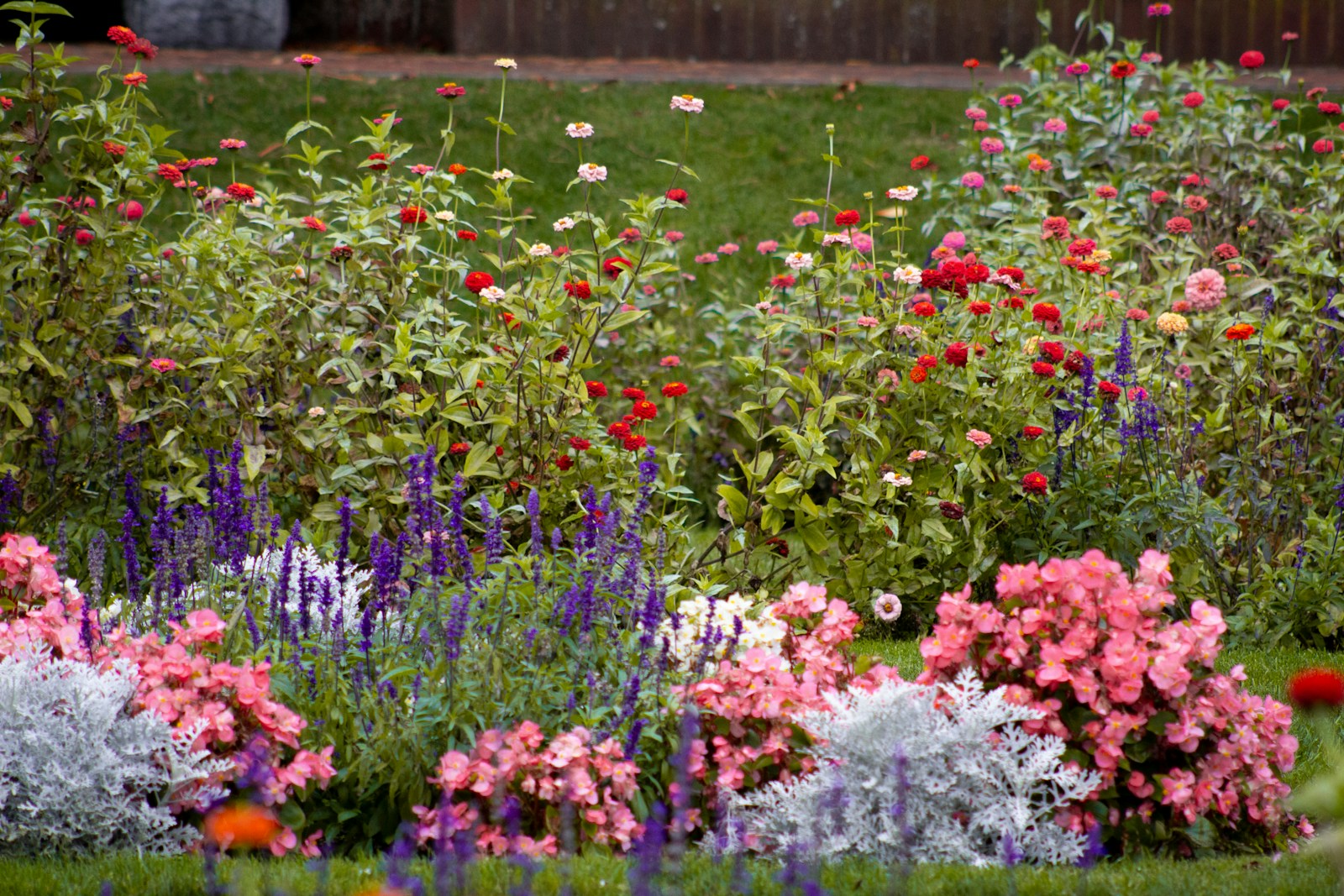Easy Ways to Plan Your First Garden During the Off Season for a Blooming Start
Dreaming of a colorful, thriving garden when the weather warms up? The off season is actually the perfect time to get ahead and plan your very first garden.
You don’t have to be an expert or wait for spring to roll around. With a little prep now, you can set yourself up for an easier, more rewarding gardening experience.
Easy planning steps can make your first garden less overwhelming and more enjoyable. By organizing your ideas and learning what to do ahead of time, you can make the process smooth and fun.
Assess your garden space and sunlight exposure
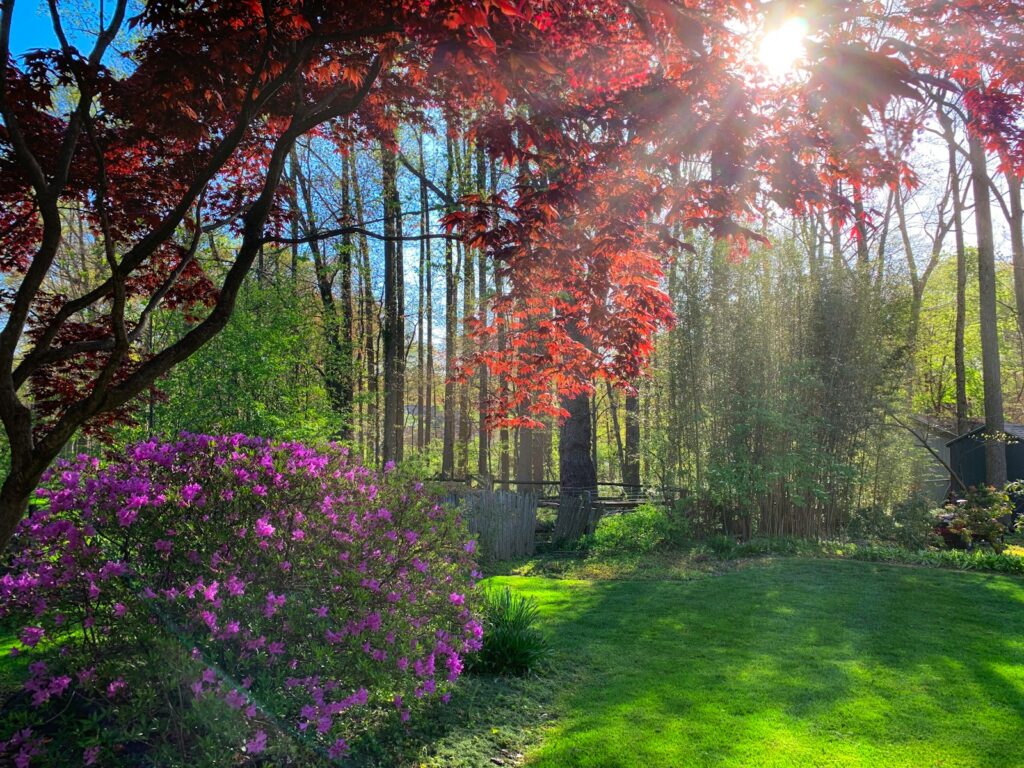
Take a good look at your garden space. Measure how much room you have and notice where the sun hits during the day.
This helps you decide which plants will grow best where. Sunlight is very important for plants.
Different plants need different amounts of sun. Some love full sun, while others do better in shade.
To check your sunlight, watch your garden at different times of the day. Note how many hours each spot gets sunlight.
You can even mark these areas on a map to plan better. Using simple tools like a sunlight meter or a smartphone app can make measuring easier.
Learning to measure sunlight exposure in your garden will help you make smart choices for planting. Knowing your garden’s sun patterns lets you place plants in spots where they will thrive.
Choose easy-to-grow plants like lettuce and radishes
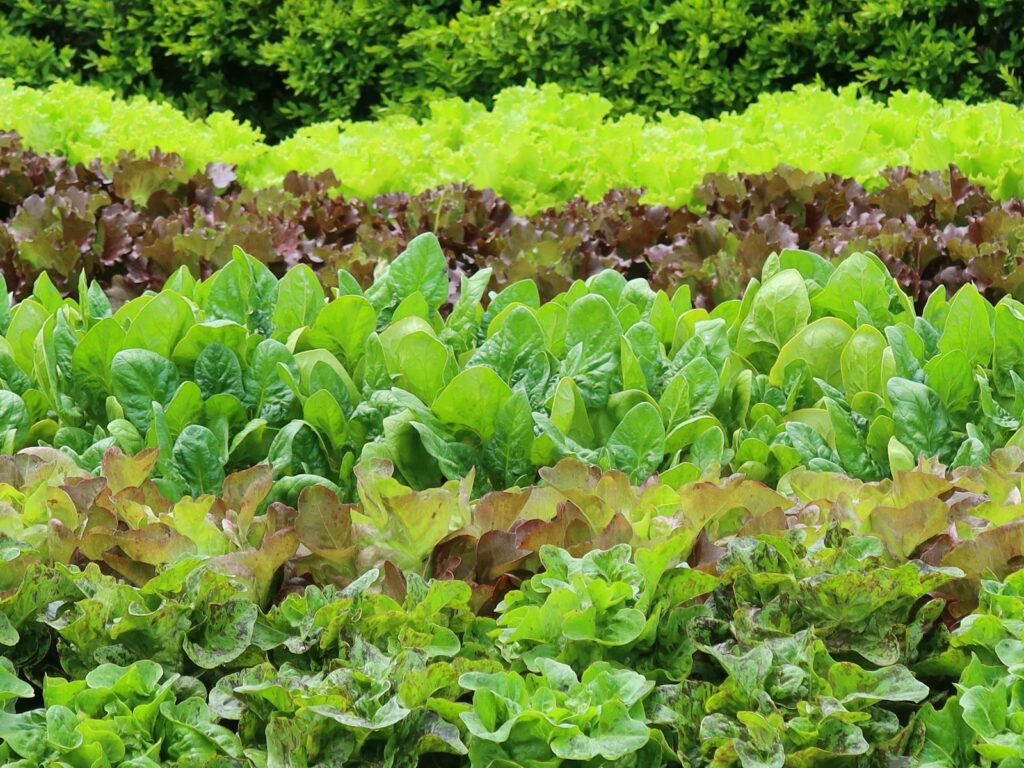
If you’re new to gardening, starting with easy plants makes things less stressful. Lettuce and radishes are perfect because they grow quickly and don’t need much space.
You can even start them indoors before it gets warm outside. Lettuce grows well in cooler weather and doesn’t need a ton of sun.
Radishes are fast growers and can handle chilly temperatures. Both are forgiving and don’t require complicated care.
Keep the soil moist and check for pests now and then. These simple veggies will help you get the hang of gardening without a lot of fuss.
Start seeds indoors to get a head start
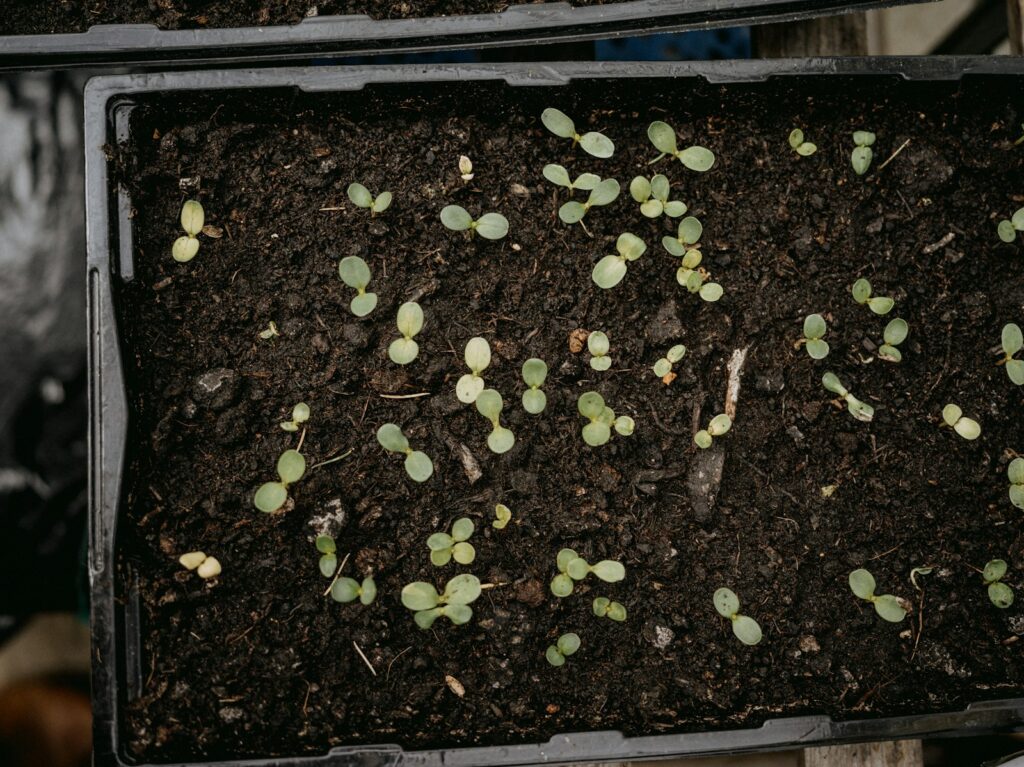
Don’t wait for perfect weather to get started. Starting seeds indoors lets you jump ahead and gives your plants a strong beginning.
You don’t need fancy gear. Recycled containers or small pots work just fine.
Make sure your seeds get enough light and warmth. Timing matters, so check your local frost dates and start seeds a few weeks before it’s safe to plant outside.
You can grow flowers, veggies, or herbs this way. Growing seedlings indoors lets you control water and temperature for healthier plants.
If you want more tips, follow this step-by-step guide to starting seeds indoors. It’s a fun way to get your garden going early.
Use raised beds or containers to improve soil drainage
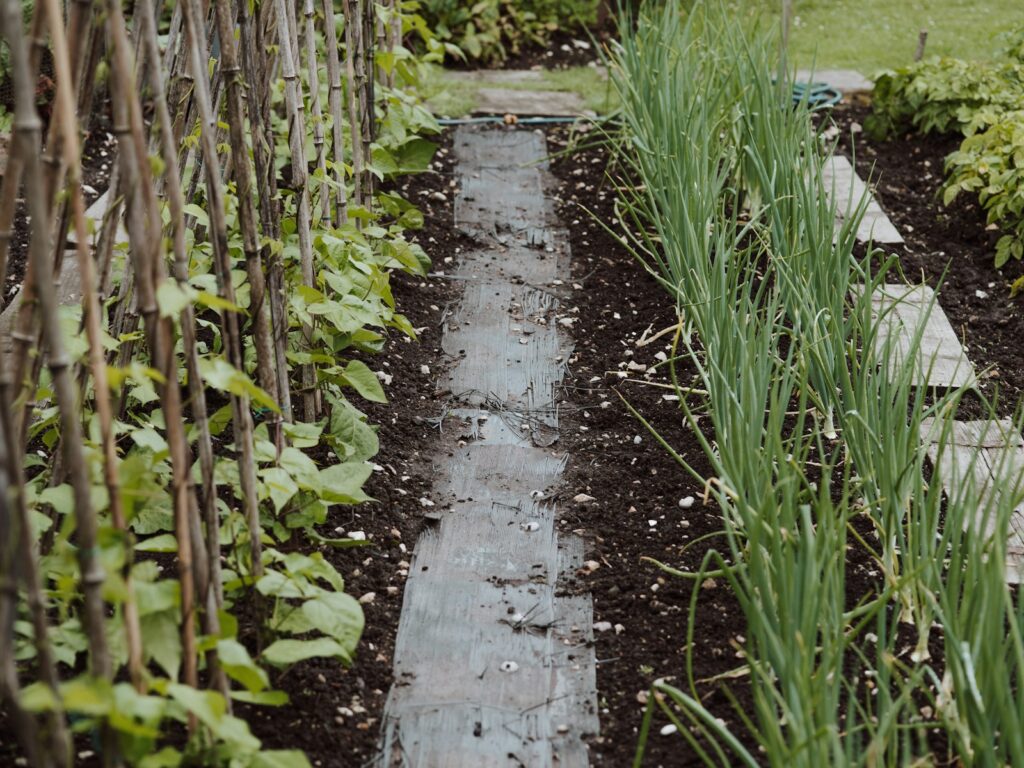
Raised beds and containers can make gardening easier, especially if your yard has poor soil. They help prevent water from pooling and keep roots healthy.
With raised beds, you control the soil mix and can add compost or perlite for better drainage. This helps water move through the soil and keeps plants happy.
Containers are great if you’re short on space. Just make sure they have holes at the bottom for drainage.
You can move containers around to catch the best sun. Choose a spot for raised beds that isn’t too shady or wet.
Level the beds so water drains evenly. Adding gravel at the bottom can help even more.
Good drainage means fewer problems and healthier plants. For more tips, check out this guide on improving drainage in raised beds.
Plan succession planting to maximize harvest
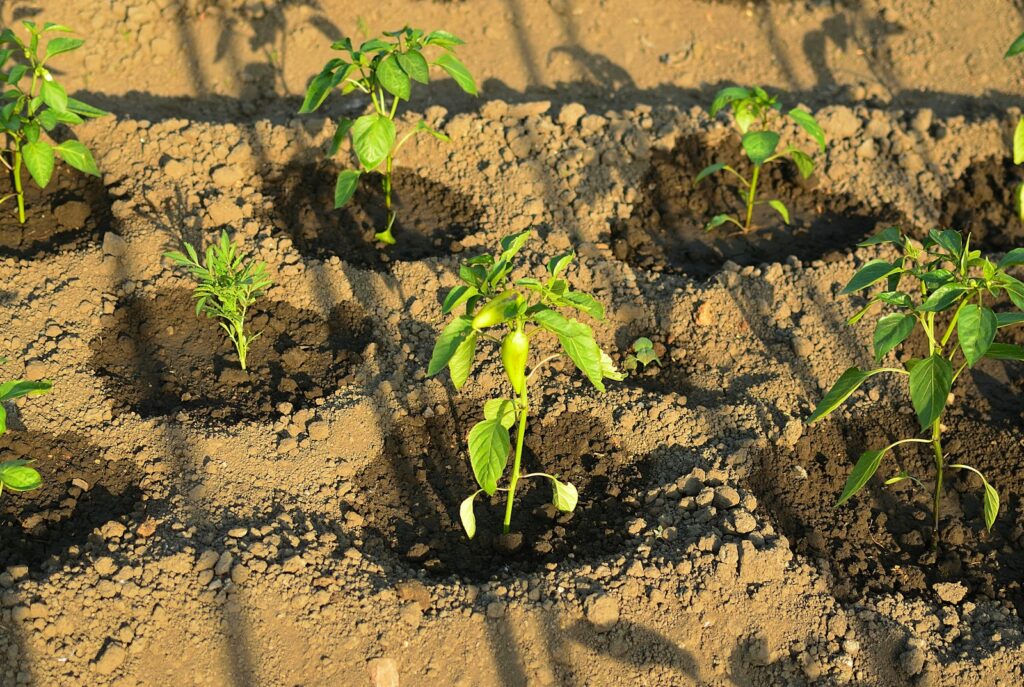
Want to keep your garden producing all season? Succession planting is the trick.
This means planting new crops in the same spot as soon as you harvest the old ones. You’ll get more food without needing more space.
Pick plants with different harvest times or ones that grow quickly. For example, after you pick lettuce, plant carrots or beans in that spot.
Using a succession planting chart can help you plan when to plant each crop. Spacing your plantings a few weeks apart keeps your harvest steady.
Succession planting lets you try new veggies and keeps things interesting. Learn more about timing and spacing with this helpful guide.
Add mulch to retain moisture and protect soil in winter
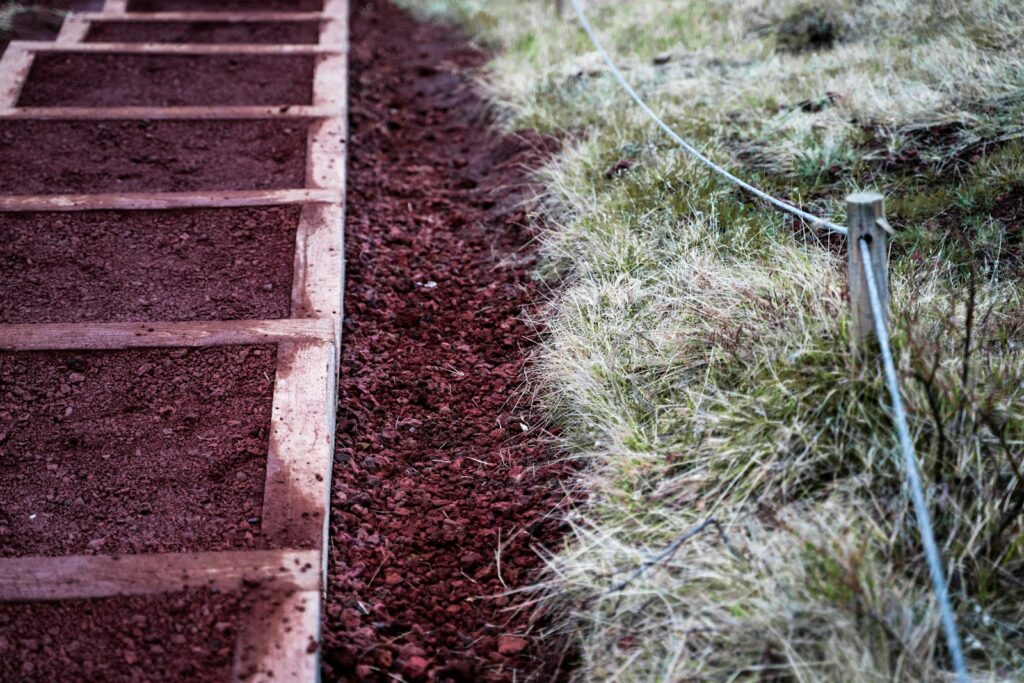
Mulch is a gardener’s secret weapon, especially during the off season. It keeps soil moist by slowing down water loss and helps protect roots from harsh winter weather.
A good layer of mulch also keeps weeds at bay. Weeds steal water and nutrients, so less weeding means more time for you.
You can use leaves, straw, wood chips, or other organic materials. Apply mulch after the last frost but before the ground freezes.
Mulching helps your soil stay healthy for spring planting. For more on winter mulching, check out gardenseason.com.
Plant cover crops to enrich the soil for spring
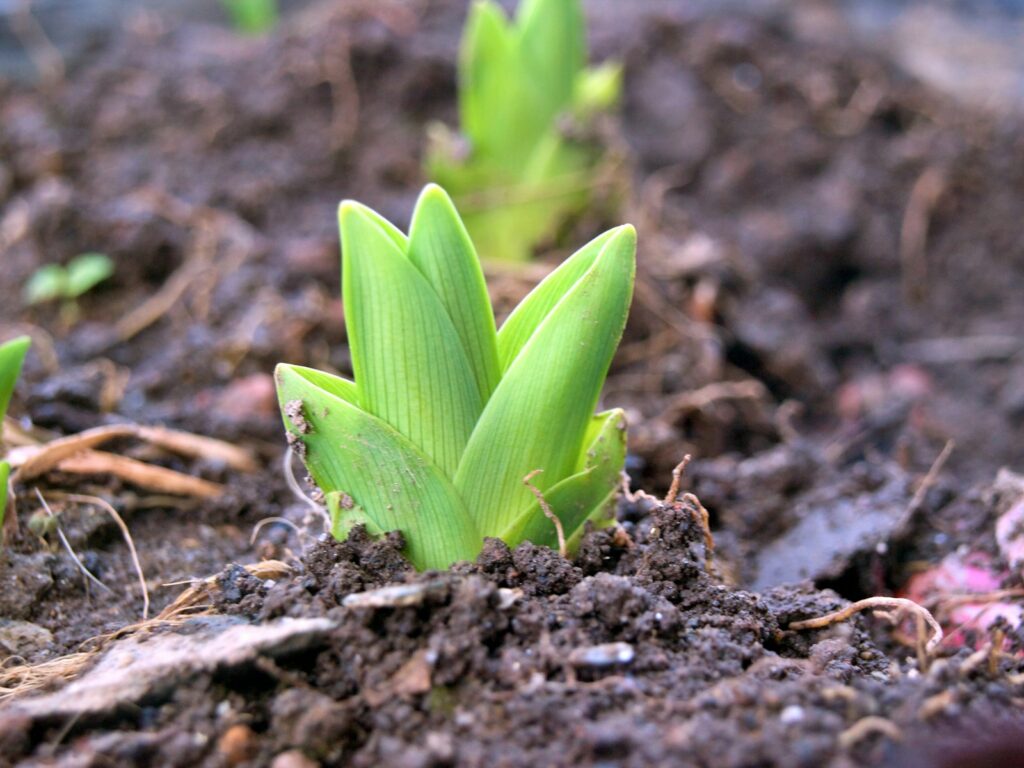
Cover crops are a simple way to boost your soil’s health while you wait for spring. These plants protect the soil from erosion and help keep moisture in.
Popular cover crops like clover, rye, and vetch add nutrients, especially nitrogen, to the soil. This makes it easier for your spring veggies to grow strong.
Cover crops also crowd out weeds so you’ll have less work later. Plant them before the ground freezes, then cut them down and mix them into the soil in spring.
This adds organic matter and feeds helpful microbes. Learn more about cover crops and how to use them here.
Clear debris and prepare garden beds before winter

Before winter sets in, take time to clean up your garden beds. Remove dead plants, fallen leaves, and any debris to keep pests and diseases away.
Cut back old stems and weeds, but leave roots in the soil to break down naturally. Add compost or manure to boost soil nutrition.
Plant cover crops if you like, or just put down a thick layer of mulch. This protects your soil from freezing and keeps it ready for spring.
A little effort now makes things easier when it’s time to plant again. For more tips, see this guide on getting garden beds ready for winter.
Set up a simple drip irrigation system
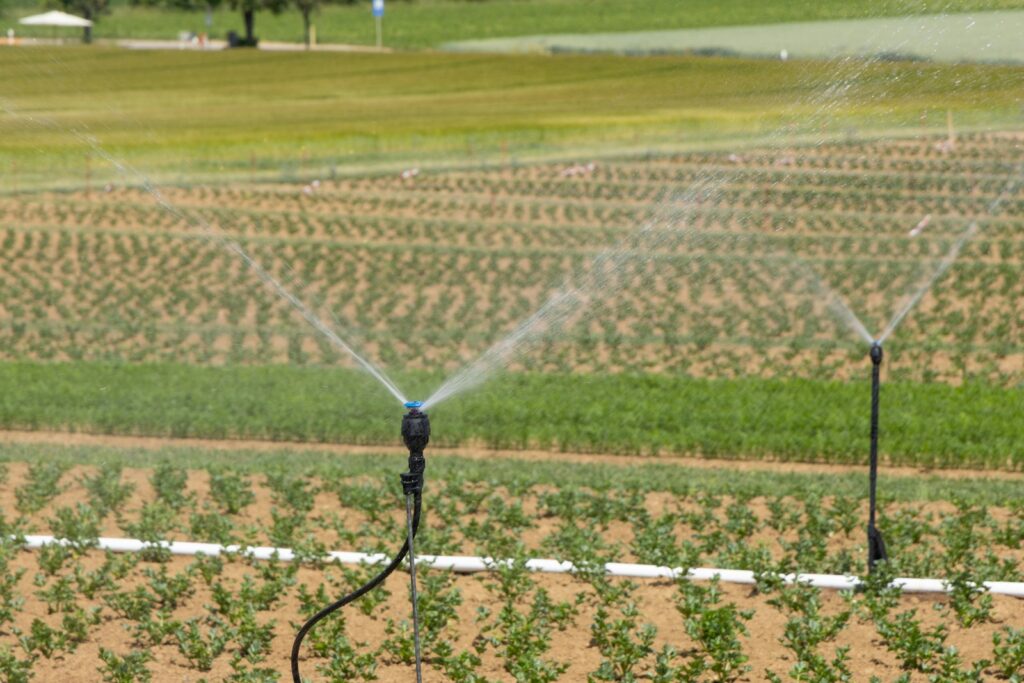
Watering can be a chore, but a drip irrigation system makes it easy. It delivers water right to plant roots, helping them grow strong and saving you time.
You don’t need anything complicated. Basic tubing, emitters, and maybe a timer are enough to get started.
Lay the tubing along your rows or raised beds. Once it’s set up, you can relax while your garden gets just the right amount of water.
You can adjust the system as your plants grow. Check out this easy guide to installing drip irrigation for step-by-step help.
Keep a garden journal to track what works
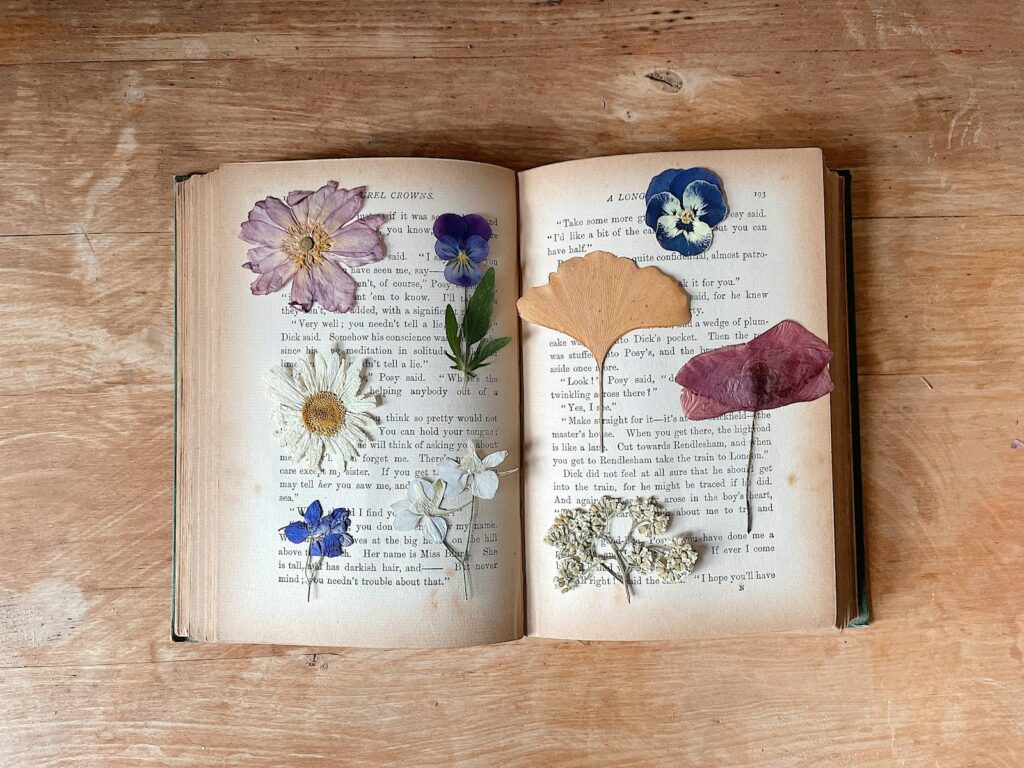
A garden journal is a great way to remember what you planted and how it went. Jot down what grew well, what didn’t, and any surprises along the way.
Write about the weather, soil, and pests you spot. Over time, your notes will help you spot patterns and plan better for next year.
Your journal becomes a personal guide for your garden. It’s a simple tool that makes gardening less stressful and more rewarding.
For more ideas on keeping a garden journal, check this guide to garden journaling.
Understanding Your Garden Space
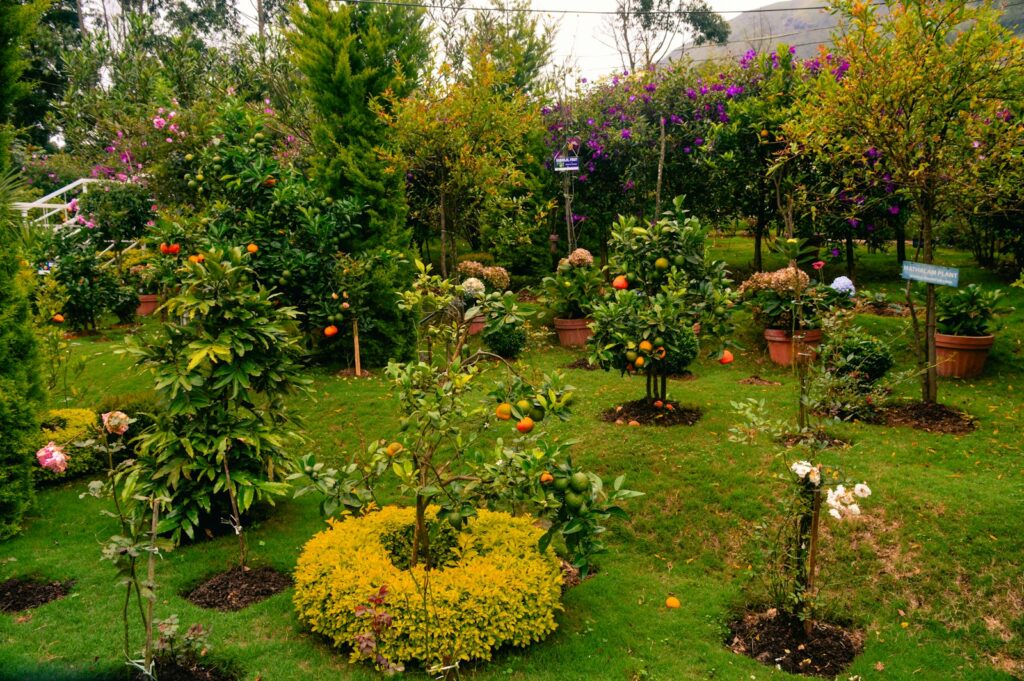
Every yard is different, and understanding your unique space helps you pick the right plants. Check how much sun your garden gets and pay attention to the soil.
The off season is a great time to learn about your garden area and plan carefully. Knowing your space now saves you headaches later.
Assessing Sunlight and Soil Conditions
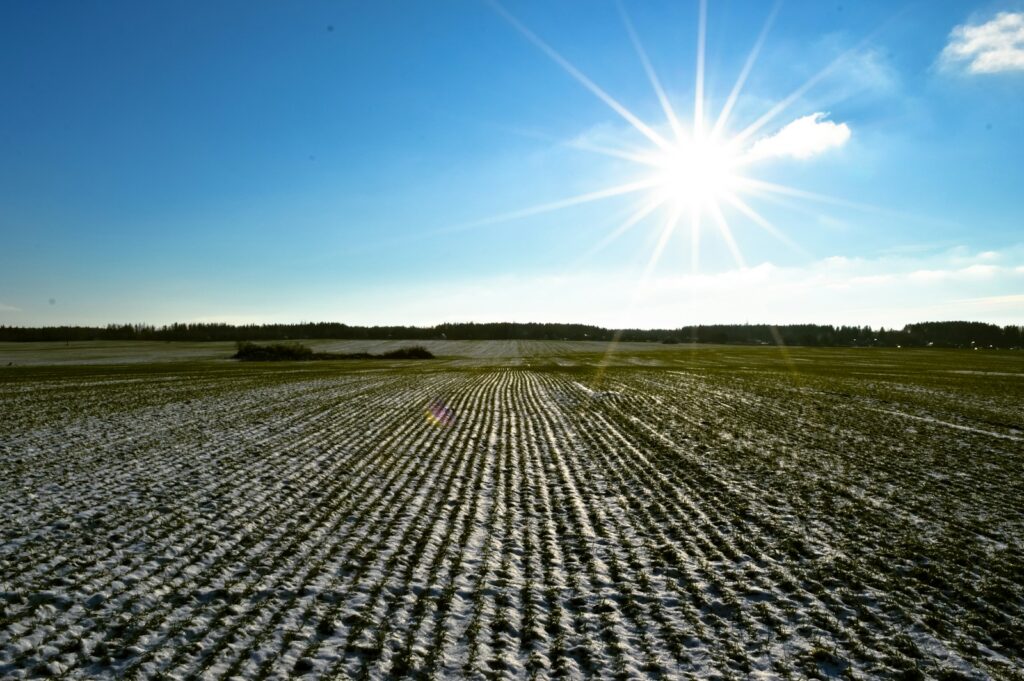
Watch how the sun moves through your garden during the day. Is your spot full sun, partial sun, or mostly shade?
Test your soil with a simple kit to check pH and nutrients. Most veggies prefer a pH between 6.0 and 7.0.
Notice if your soil is sandy, clay, or loamy. Sandy soil drains fast, clay holds water, and loamy soil is usually best for most plants.
Using the Off Season for Research

The off season is perfect for gathering information without feeling rushed. Find out what plants thrive in your area and when to plant them.
Check your local climate zone and average frost dates. This helps you know when to start seeds or move plants outdoors.
Visit local nurseries or chat with experienced gardeners for advice. Making notes and sketches about your layout now will save you time when planting season arrives.
For more tips on planning your garden layout, check out this step-by-step guide.
Setting Realistic Goals for Your First Garden
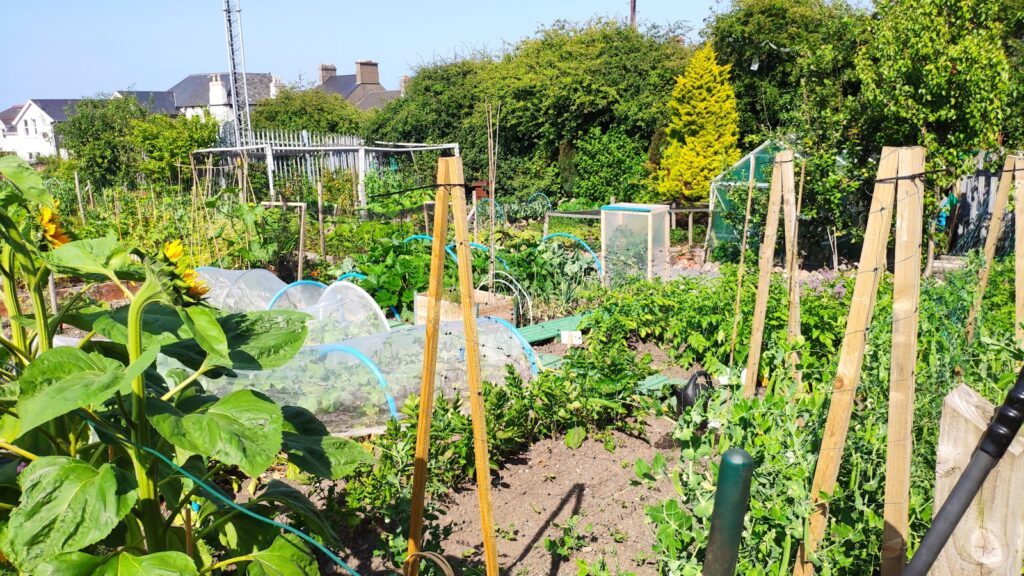
Start small and set goals that fit your time and energy. Focus on plants you can care for easily and plan your space so it feels manageable and fun.
Matching Plants to Skill Level
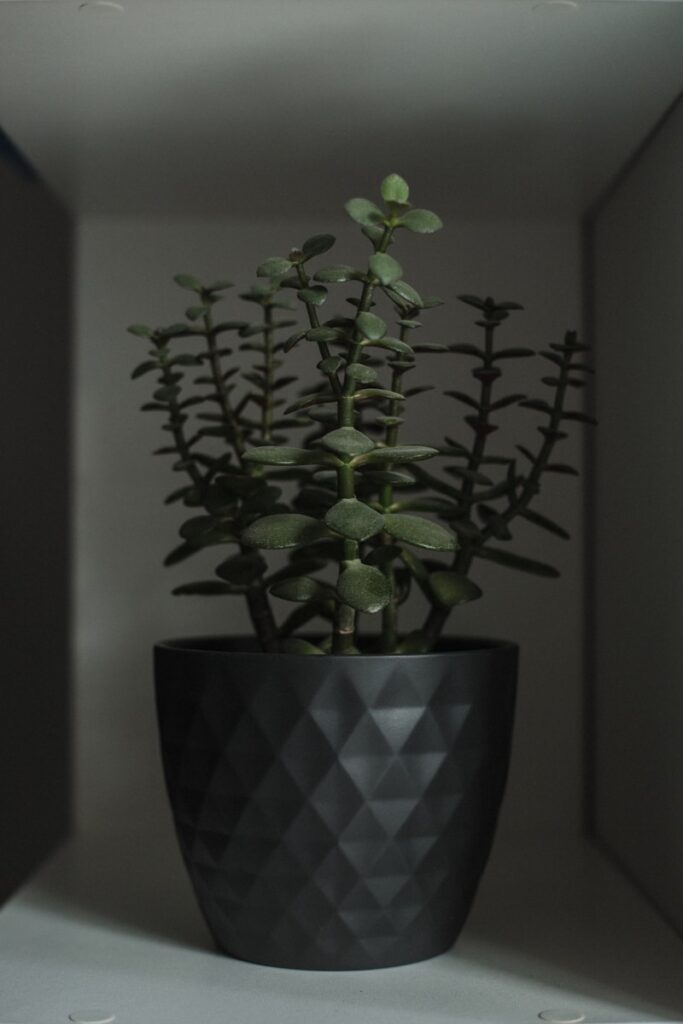
Choosing the right plants can make gardening a lot less stressful. If you’re just starting out, try picking vegetables like lettuce, radishes, or green beans.
These tend to grow quickly and don’t need a lot of attention. Herbs such as basil and mint are great options too since they bounce back easily if you forget to water them.
It’s helpful to skip plants that need special soil or a really long growing season when you’re new. Go for varieties that are known to do well in your local climate.
Jot down your plant choices, along with their watering needs and how much sunlight they like. Keeping these notes handy makes daily care feel much more manageable.
Creating a Simple Layout Plan
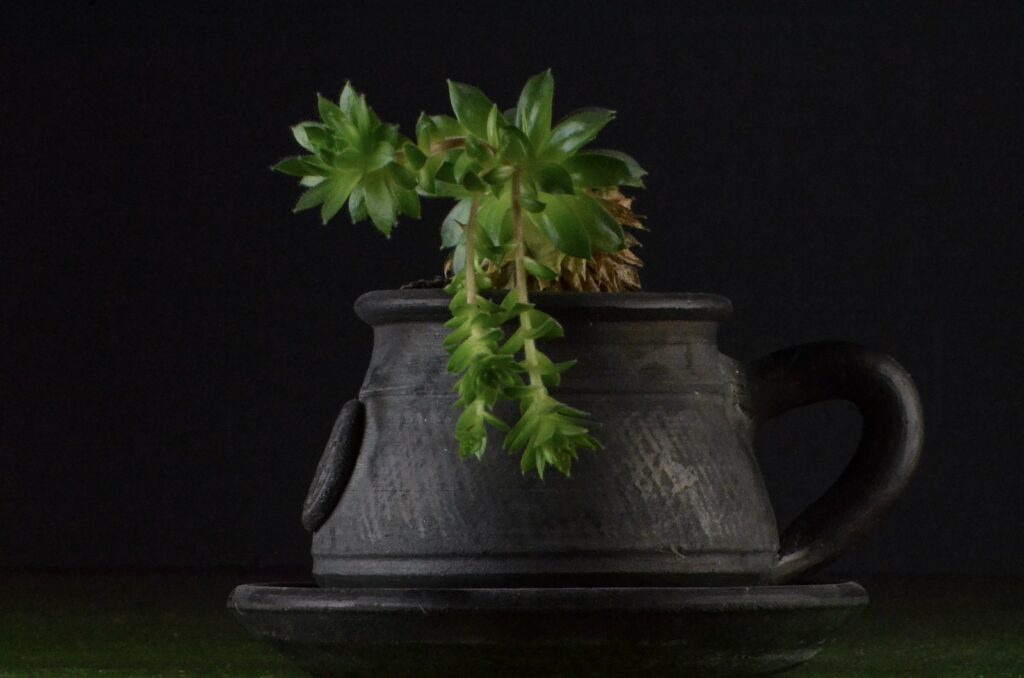
Starting a garden can feel overwhelming, but keeping the layout simple makes things much easier. Try sketching a quick map of your space, showing where you want each plant to go.
Using a basic grid or a few rows helps with both planting and maintenance. Grouping plants with similar sunlight and water needs saves you time and keeps your garden healthier.
Make sure to leave space between plants so they have room to grow. If you’re short on time or space, a few raised beds or containers are a great way to begin.

